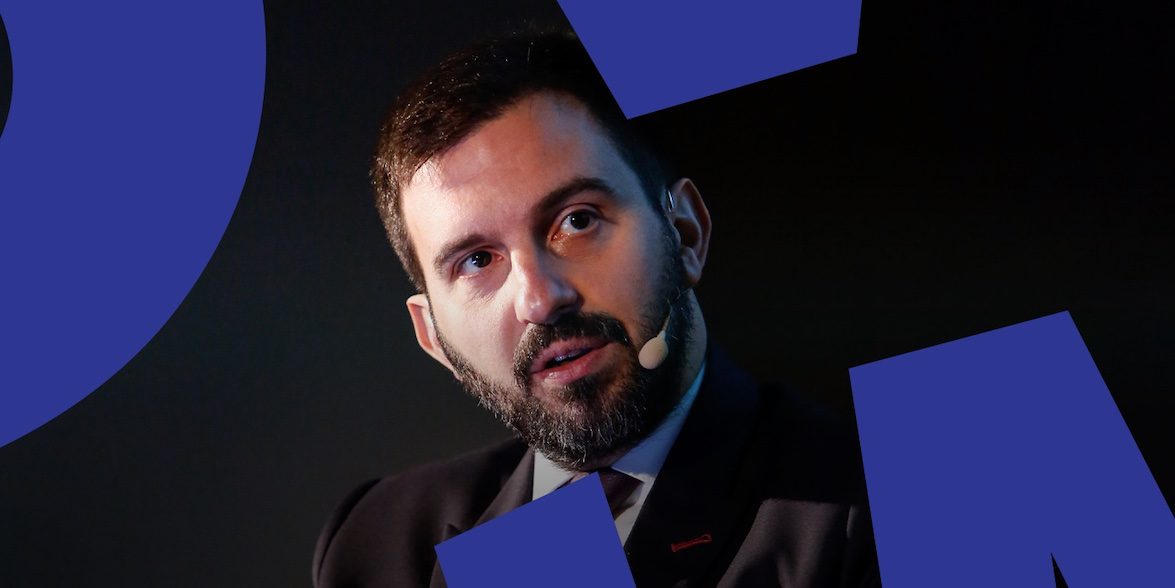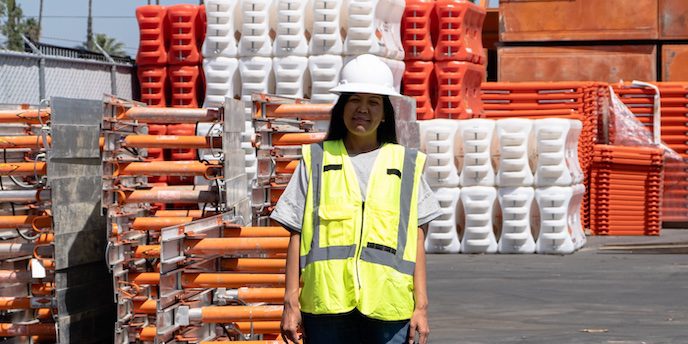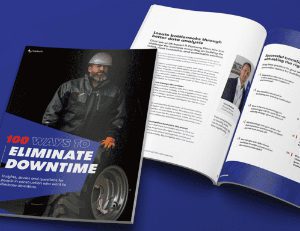

You probably know Riccardo Viaggi best as chief lobbyist to Brussels on a whole host of issues facing OEMs including the prospective EU Data Act. As secretary general of the Committee for European Construction Equipment he holds a pivotal role and one he has been well primed for after occupying a similar role at the European Builders Confederation for 10 years. But we’re not here today to discuss the data act (we’re saving that for a The Interview part II). Viaggi wants to turn the spotlight on what he labels “toxic behavior” in construction and bring his considerable skill set to putting inclusivity at the front of the discussion for the industry.
“We have a problem as an industry,” he says, getting straight to the heart of the matter. “It’s part of our ESG objective to tackle that problem from a social and industry point of view and to turn the focus on the struggle with diversity, inclusion and specifically with gender.”
In an industry with a circa 85:15 ratio of men to women, the issue in numbers is pretty stark. But it is more than that, says Viaggi, turning his attention to a culture that does not encourage women or minorities to view construction as an attractive proposition.
“There is a culture on job sites as one example that are just not conducive to bringing in talent and they are rooted in decades-long behaviors,” he says. “We need to tackle it head on with education to make these more attractive to minorities.”
“We have posts that are not being filled by men, but women are not applying for the roles because they don’t see it as something for them.”
That’s not to say there aren’t good things happening already and Viaggi praises the work going on at numerous big OEMs with sophisticated HR strategies in place and real efforts to create a top-down-to-bottom structure that can cascade through organizations.
Yet, he adds, only one woman — Helena Hedblom at Sweden’s Epiroc — has a CEO role among any of the listed or very large OEMs the CECE represents (it also promotes the interests of many smaller and mid-size OEMs) illustrating in one fell swoop how the good intentions that undoubtedly pervade through boardrooms haven’t yet translated into real change.
“We have posts that are not being filled by men, but women are not applying for the roles because they don’t see it as something for them,” says Viaggi. “This is about the supply side and we need to put a larger pool of candidates in front of recruiters.
“That’s not just for the standard roles like HR, accounting or sustainability,” he says, warming to his theme. “We want to see more women in engineering, quality control, design and creativity. The industry is about reinventing the future and there is a huge need for bringing in experience from other industries.”

Viaggi doesn’t limit his clarion call to women stressing the role minorities could also play, enabling construction to benefit from a wealth of talent if the door can be prised opened wide.
“If you can show that the bottom line can be changed through inclusivity, then you’re getting somewhere,” the CECE secretary general says. “But the problem isn’t just about educating the CECE members — it’s much wider than that and the industry is much bigger than that.”
“We’re looking to persuade and inform — we’re certainly not looking to compel.”
There is progress. As an example, women now make up 16.5% of the UK’s engineering workforce compared to 10% in 2010, and, while that bears little relation to the overall workforce divide between gender, it is at least small steps in the right direction towards inclusivity.
But Viaggi is quick to stress that he’s not a fan of the sledgehammer approach, advocating the carrot over the stick as a more appropriate way of getting the message out.
“We’re looking to persuade and inform — we’re certainly not looking to compel,” he says. “We’re a long way from creating an industry index of diversity in construction equipment and that’s probably not something we’ll ever get to but we’re looking to work with regulators, political initiatives and other societal forces to keep the messaging clear.”
If Viaggi continues to meet the challenge of diversity and inclusion with the same ferocity that he has become known for pursuing the interests of OEMs and the industry, you can bet there’s a very good chance the landscape will be looking different in a few years. How different is perhaps the question and one that Viaggi can not answer, recognizing the limits as to what CECE can do.

“Generally industry leaders and people understand we are trying to go into uncharted waters,” he says. “We want to open up a bridge in their thinking if they are not so convinced about it maybe using the bottom line argument to make this happen. The industry will be faced with this topic during the CECE Congress 2023, where diversity and inclusion are featured as main themes of the conference’s programme.”
“We have to start somewhere,” he adds. “There is no silver bullet that will make inclusivity happen.”
This is the second in our ‘The Interview’ series, after we sat down with trailblazer Karin Nars on the role of women and inclusivity in construction in November. Next time, we discuss all things EU Data Act as the European Parliament plots a path towards a ratification of the act with a current timeline set for the summer of 2024.

Never miss an insight. We’ll email you when new articles are published on this topic.


